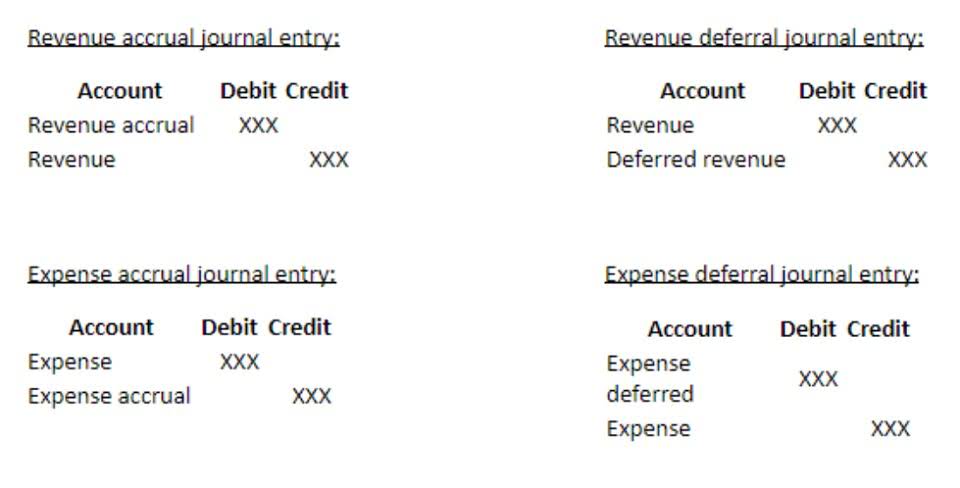
Initially, capital costs may not seem to have a significant impact on profitability. However, as the asset depreciates, each year’s fraction of the cost is recorded as depreciation expense, which reduces net income and, thus, profitability. While capital costs have an immediate impact on cash flow – the purchase of an asset results in an outflow of cash – the impact on the income statement is gradual and spread across years. This is demonstrated in the cash flow statement, where the purchase of an asset falls under investing activities.
You can calculate the operating expenses by adding all the costs together. Low operating costs can save your business money and improve your bottom line. Establishing a healthy financial culture and creating an operating budget to account for spending will help keep your expenses in check.
Ratio Analysis
For instance, a business with high operating expenses may be less attractive to investors and lenders as it could struggle to maintain adequate cash flows. On the other hand, a company that effectively manages its operating expenses can demonstrate financial stability and variable operating expenses be better positioned to attract investment and financing. Operating Expense Ratio (OER) is a key financial metric used to evaluate a company’s efficiency in controlling its operating expenses. It measures the proportion of a company’s revenue spent on operating expenses.
Operating expenses are the costs incurred by a business for its operational activities. They include both variable costs, which change depending on the volume of goods or services produced, and fixed costs, which remain constant regardless of output. Efficient management of operating expenses is crucial for maintaining a company’s financial health and achieving its desired profit margins.
Insurance and Maintenance
Understanding how these costs work will help you figure out what’s best for your company at all times. As is shown on the variable costing income statement, total sales is matched with the total direct costs of generating those sales. The difference between sales and total variable costs is the contribution margin, which is the amount available to pay all fixed costs. They appear on the income statement and are deducted from the revenue to calculate the operating profit. A careful analysis of operating expenses can help businesses identify inefficiencies and make informed decisions to minimize unnecessary costs, thereby increasing their profitability.
- These expenses may include payroll, rent, insurance premiums, utilities, and equipment maintenance.
- Operating Expense Ratio (OER) is a key financial metric used to evaluate a company’s efficiency in controlling its operating expenses.
- These costs cover ongoing expenses such as rent or leases on buildings/facilities, insurance premiums, maintenance contracts for machines/equipment, etc.
- Incorporating lean methodologies or using just-in-time inventory management are a few examples of how companies can reduce waste.
- Whether you sell one phone case or a million, these costs remain the same.
